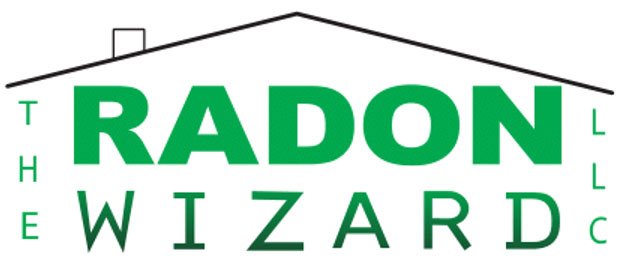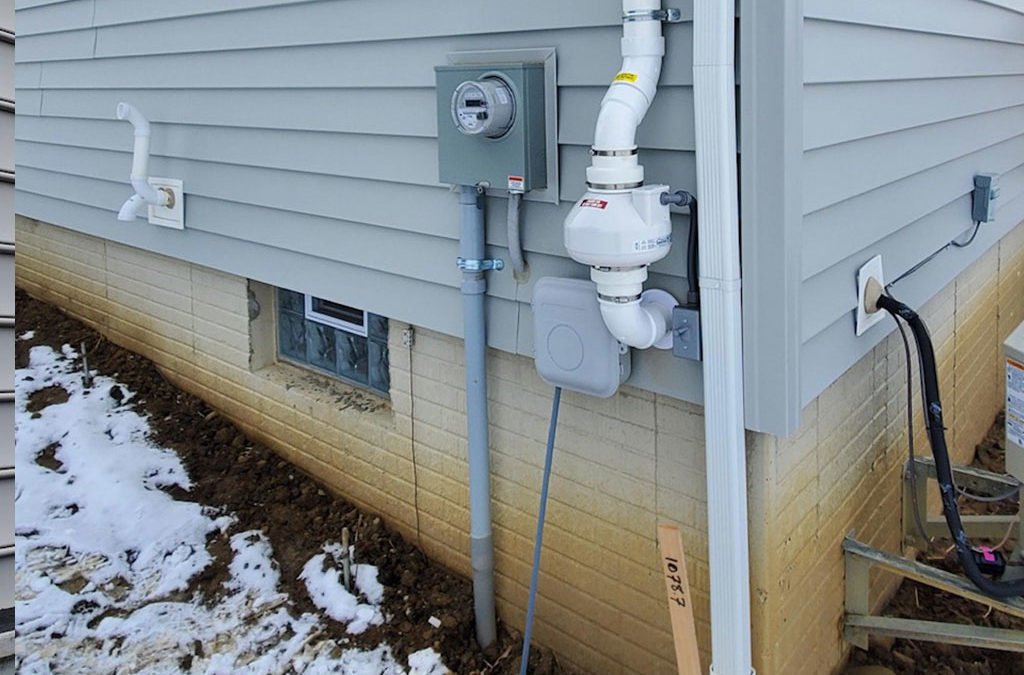Radon mitigation is the process of reducing radon concentrations in buildings, homes, and other spaces to acceptable levels. Radon is a naturally occurring radioactive gas that can seep into spaces through cracks and other openings in the foundation or walls of a building. It is colorless, odorless, and tasteless, making it difficult to detect without specialized equipment. Radon can be especially dangerous for those living or working in enclosed or poorly ventilated areas, because it can accumulate over time and increase the risk of lung cancer.
The goal of radon mitigation is to reduce the amount of radon present in a particular space by either preventing it from entering in larger quantities by way of diversion or increasing ventilation. The most effective way to achieve this is by diversion in the way of an Active Soil Depressurization system (ASD). An ASD system becomes a permanent part of the structure constructed mainly of piping with a fan motor attached to draw pressure from the areas that radon may be permeating into the building. In order for these systems to be successful, it is important to create a proper seal from these areas using barriers such as plastic sheeting or caulking to seal off any area that may experience air movement from soil gas sources. Sealing should be done with an approved caulking or expanding foam.
In addition to sealing off potential entry points, increasing ventilation within a space can also help lower radon levels by diluting the concentration with fresh air from outside. This can be achieved through natural ventilation by opening windows and doors regularly for a “temporary relief” or by installing a permanent mechanical system such as an Energy Recovery Ventilator (ERV) that will draw air out from the building while replacing the expelled air with fresh air from the outside.
Another method that can be installed during the original construction of the facility is the installation of a Passive Radon System. Unlike the ASD systems mentioned above, there is no fan motor to draw the vacuum through the piping. Instead, the passive systems rely solely on natural convection forces drawing out trapped gases from under the structure without any mechanical assistance needed.
It’s important to remember that while many methods exist for reducing indoor concentrations of radon gas, no single technique will work perfectly every time; therefore, it’s important to seek professional advice when dealing with high levels of radiation exposure indoors so that an appropriate plan can be tailored towards your specific needs. Professional technicians will also have access to the specialized equipment required for testing and monitoring purposes which would otherwise not be available for general users.
Understanding what radon mitigation entails and implementing appropriate strategies are essential steps toward protecting yourself from potential health risks associated with prolonged exposure to this dangerous gas, both now and in the future. With proper planning, you can rest assured knowing that you’re taking all necessary precautions against hazardous radon gas exposure.

